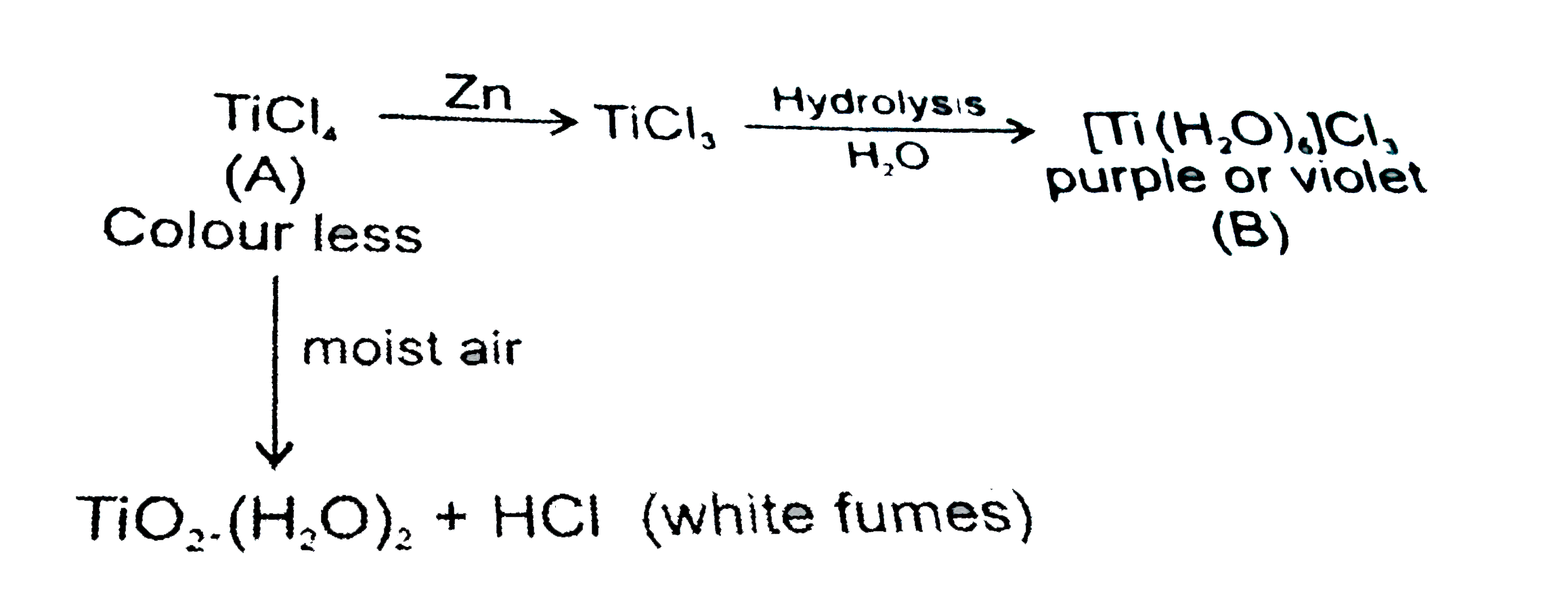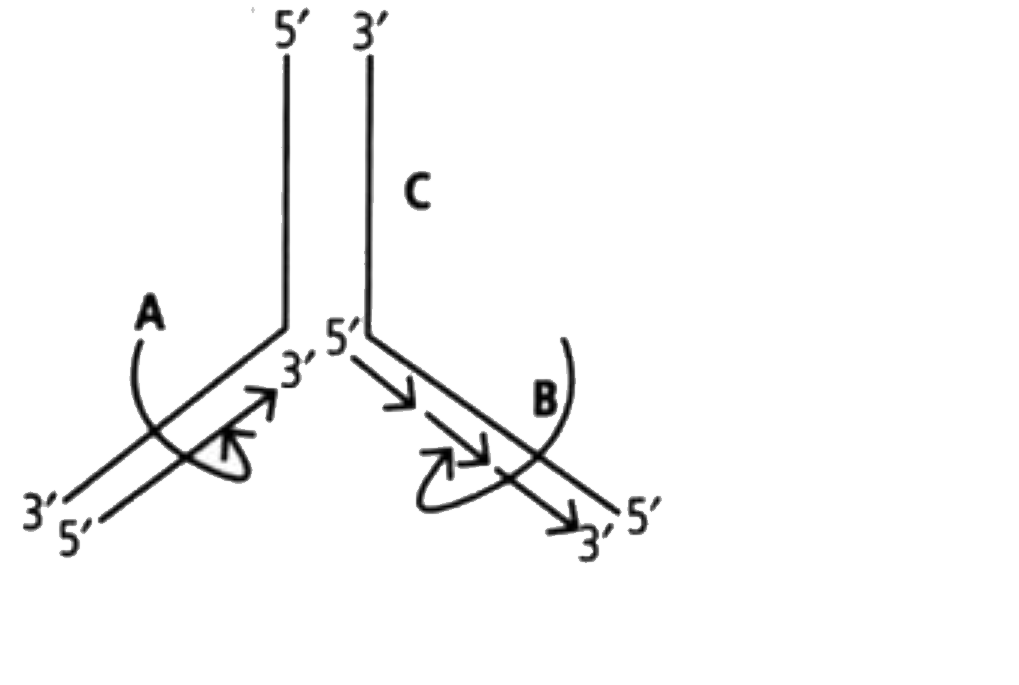
Identify (A),(B) and (C).
Also explain colour difference between and (B).
Video Solution
Text Solution
(A) is as it has no unparied electron and is liquid at room temperature on account of covalent character because of high polarising power of being covalent gets hydrolysed forming
(B) which fumes in air.
In complex Ti(III) has one unpaired electron which gives violet/purple colour due to d-d transition.
 .
.
|
Topper's Solved these Questions
- D & F-BLOCK ELEMENTS & THEIR IMPORTANT COMPOUNDS BOOK - RESONANCE ENGLISHCHAPTER - D & F-BLOCK ELEMENTS & THEIR IMPORTANT COMPOUNDS EXERCISE - Additional Problems for Self practice (APSP)
30 Videos
- D & F-BLOCK ELEMENTS & THEIR IMPORTANT COMPOUNDS BOOK - RESONANCE ENGLISHCHAPTER - D & F-BLOCK ELEMENTS & THEIR IMPORTANT COMPOUNDS EXERCISE - National Standard Examination In chemistry
35 Videos
- D & F-BLOCK ELEMENTS & THEIR IMPORTANT COMPOUNDS BOOK - RESONANCE ENGLISHCHAPTER - D & F-BLOCK ELEMENTS & THEIR IMPORTANT COMPOUNDS EXERCISE - Exercise 2
40 Videos
- CHEMICAL EQUILIBRIUMBOOK - RESONANCE ENGLISHCHAPTER - CHEMICAL EQUILIBRIUMEXERCISE - Advanced Level Problems (Part-3)(Stage-5)
2 Videos
- GASEOUS STATEBOOK - RESONANCE ENGLISHCHAPTER - GASEOUS STATEEXERCISE - ORGANIC CHEMISTRY(Hydrocarbon)
18 Videos
Similar Questions

Identify (B) and (C) :
View SolutionIdentify (A),(B),(C) and (D).
 .
.
View SolutionIdentify A,B,C and D.
_E01_916_Q01.png)
View SolutionIdentify (A),(B),(C),

View SolutionIdentify (B),(c), and (D).
 .
.
View SolutionIdentify A,B,C

View Solution
Identify A,B,C,D
View Solution
Identify A,B,C,D
View Solution Identify A, B, C
Identify A, B, C
View SolutionIdentify A ,B and C strands .

View Solution
